Lavender benefits more aspects of daily life than most of us realize. From easing tension to aiding digestion, here’s why (and how) to grow it at home!
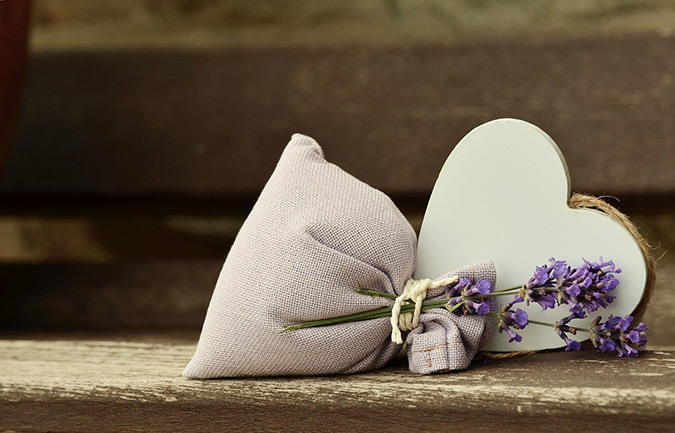
Image by congerdesign from Pixabay
10 Lavender Benefits + How to Grow This Fragrant Friend at Home
Growing lavender is fun and easy and offers a number of health and culinary benefits. Lavender is known for its versatility and numerous uses—especially when it comes to its oils, which are extracted from the flower of the plant through steam distillation.
The flowers of the lavender plant have a soothing fragrance when they are fresh or dried, which is one of the many reasons why they are so popular among those who grow herbs. Lavender is a member of the mint family
You May Also Enjoy:
“For the Love of Mugwort: 7 Mugwort Uses You Need to Know”
The calming scent of lavender makes it a regular ingredient in aromatherapy. Lavender oil combines beautifully with other herbs, such as cedarwood, pine, clary sage, geranium, and nutmeg. You’ll find lavender commonly used in many personal care products, including lotions, gels, and soaps.
It is used in sweet and savory foods as well.
In addition to the calming effect of its aroma, lavender plant benefits are especially abundant in its oil.
10 Benefits of Lavender and Lavender Oils
#1: Bug Repellent
Lavender oil is the perfect natural alternative to harmful bug repellents. The scent of lavender oil is too strong for many types of insects, including mosquitos, midges, and moths.
In addition, if you have already been bitten by a bug, rub a few drops of lavender oil onto your skin. Since lavender oil has anti-inflammatory properties, this should relieve the irritation caused by the bite.
Next time you go out in the woods, keep a bottle of lavender oil in your natural first aid kit.
#2: Insomnia
One in three adults has trouble sleeping,1)https://centracare.org/florida/blog/2016/05/23/trouble-sleeping/ which heavily affects his or her ability to do day-to-day activities. The lack of sleep affects mood and the immune system too.
Prescription drugs that help you sleep can have severe side effects, including addiction.
Lavender benefits sleep without any side effects; a few drops of lavender oil on your pillow or a sachet of lavender under your pillow is all you need to help induce sleep.
#3: Nervous System
Lavender’s soothing aroma is known to calm nerves and reduce anxiety. It helps provide symptom relief of migraines, depression, and emotional stress. The calming fragrance relaxes your nerves while also revitalizing your brain.
Studies found that people suffering from anxiety and stress before an exam had increased mental function after sniffing lavender oil.2)https://www.drwhitaker.com/lavender-oil-benefits-reducing-stress-and-depression
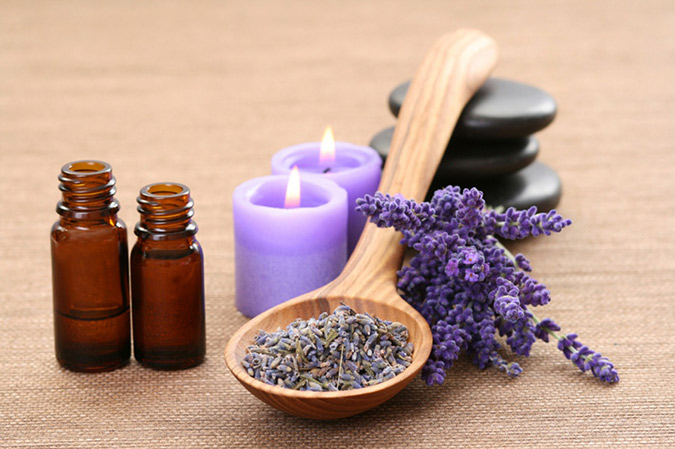
Image by googlerankfaster from Pixabay
#4: Skin Conditions
It is common for people to suffer from acne breakouts during puberty, but some adults also suffer from this bacterial outbreak.
Lavender oil reduces the growth of bacteria that cause infections and regulates the over-secretion of sebum (oil produced by the skin).
In addition, scars left by acne can be reduced by the use of lavender oil. Adding a couple of drops to your moisturizer—or even to some water splashed on your face—should reduce your acne and its scars.
You May Also Enjoy:
“Red Raspberry Leaf: Its Benefits and Uses”
“Oatstraw Benefits: Stress Reliever, Love Potion, Brain Booster, and More”
#5: Immune System
According to the Journal of Medical Microbiology, “lavender shows a potent antifungal effect against strains of fungi responsible for common skin and nail infections.”3)https://www.sciencedaily.com/releases/2011/02/110214201842.htm Lavender has antibacterial and antiviral properties as well, which protect the body from diseases like tuberculosis, typhoid, and diphtheria.
#6: Circulatory System
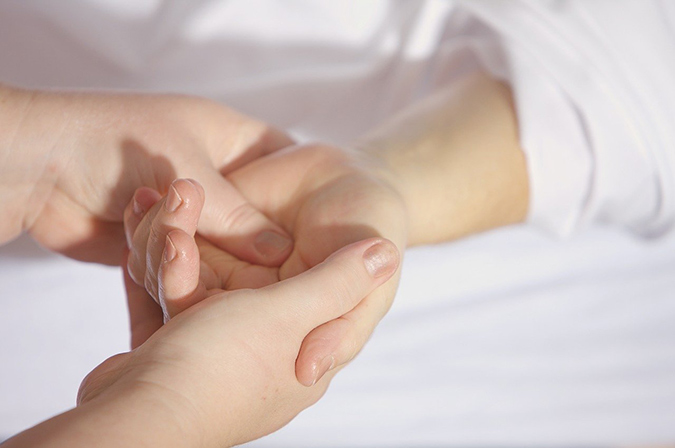
Image by andreas160578 from Pixabay
Research has found that aromatherapy using lavender promotes blood circulation, lowers elevated blood pressure, and reduces hypertension.
The increased blood flow leads to increased amounts of oxygen in the muscles and the brain. Your skin also glows due to better blood flow, and your body is better protected against heart disease.4)https://www.ncbi.nlm.nih.gov/pubmed/17689755
#7: Digestive System
Lavender plant uses extend to better digestion as well thanks to lavender oil’s ability to increase the movement of food in the digestive track.
The oil stimulates your intestines and the production of bile and gastric juices. This helps with upset stomach, stomach pain, indigestion, gas, colic, vomiting, and diarrhea.5)http://articles.mercola.com/herbal-oils/lavender-oil.aspx
You May Also Enjoy:
“The 7 Stages of Home Medicine Makers”
#8: Pain Relief
Lavender can also help with sore or tight muscles, joint pain, sprains, backache, and menstrual cramps.
For menstrual cramps, massage a few drops of lavender oil on your lower abdomen and apply a warm towel. Also, applying the oil on the bottom of your feet will help.
#9: Diabetes Treatment
In 2013, scientists in Tunisia tested the effects of lavender oil on blood sugar levels to see if it would help with diabetes.6)https://pubmed.ncbi.nlm.nih.gov/24373672/
During their study, they found that lavender oil treatments protected the body from increased blood glucose, weight gain, and reduced liver and kidney function. Researchers were amazed to find that the radical antioxidant properties of lavender were more effective than vitamin C.7)https://www.ncbi.nlm.nih.gov/pmc/articles/PMC3880178/
#10: Healthy Hair
Lavender oil helps kill lice, lice eggs, and nits. Additionally, there are some studies that show that it is effective as a hair loss treatment that boosts hair growth by up to 44 percent after 7 months of treatment.8)http://www.medicalnewstoday.com/articles/265922.php
Growing Lavender at Home
Lavender is useful for everything from boosting personal health to cleaning your home. To get the most lavender benefits for your buck, we’ve found the following to be the simplest way to grow your own.
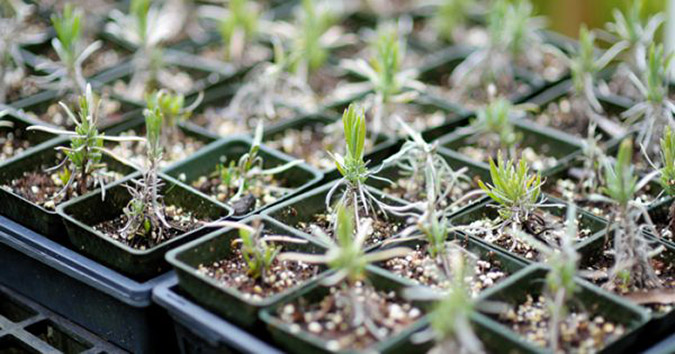
© maximkabb
Pot Luck: Grow Lavender the Easy Way
Growing lavender in a pot is easy whether you use seeds, cuttings, or purchased plants.
If you’re going to use seeds, place them on top of sandy soil. Cover them lightly with a layer of perlite. In two to three weeks, your seeds should sprout.
If you’re going to use cuttings, make sure to take them below the node (the leafy part of the plant). Dip your cuttings in rooting hormone. Place them upright in warm, damp, sandy soil.
Make your own Organic Rooting Hormone! Grab a small cup and some cinnamon. Spit into the cup. Dip your cutting in the saliva. Then dip it into the cinnamon. Place your cutting into your potting medium. Saliva is a natural root enhancer, and cinnamon minimizes damping off of your cutting.
Lavender Benefits From Proper Drainage
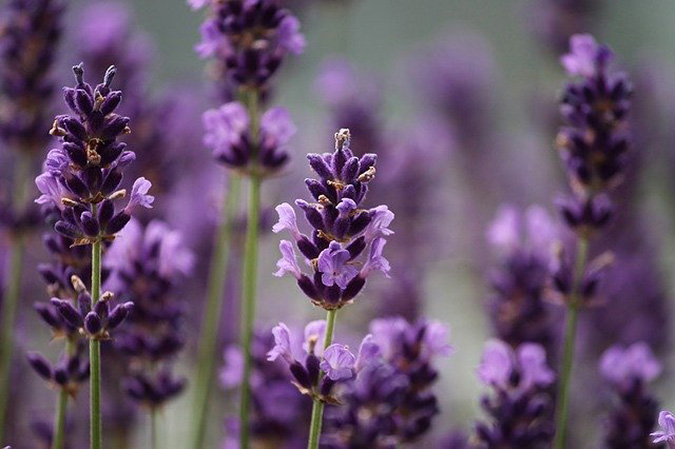
Image by Manfred Richter from Pixabay
Whatever type of container you choose to hold your lavender plant, keep in mind that while lavender does need water, it does not like moisture. This means that you need a container with a good drainage system.
A container with plenty of drainage holes is perfect. If there are only a couple of holes, drill some more.
If your pot is going to be inside, then get a pot with a removable saucer at the bottom to catch the excess water. Do not get a pot with an attached saucer. You don’t want your lavender plant to be too damp.
Maintain Your Potted Lavender
Once you’ve found the right amount of moisture in the sandy soil, maintaining growth becomes pretty easy. Ensure that the lavender plant benefits from the right sun exposure, amount of water, soil pH, and temperature.
Sunlight
Place your lavender plant somewhere it will get at least 8 hours of sunlight a day. Note: In locations in the Southwest and Southeast where the sun is extremely strong, your lavender may need a bit of shade.
Water
Lavender does not require much water. Let the soil become dry in between watering, but do not let it get so dry that the plant wilts.
Soil pH
Lavender does not like acidic soils. It may look fine the first year, but it will soon start dying off. This member of the mint family loves an alkaline soil with a pH between 6.7 and 7.3.
You May Also Enjoy:
“Calendula: Lymph Mover, Detoxifier, Cancer Fighter, and Skin Beautifier”
“Homegrown Herbalist 01 – Echinacea: General Properties and Uses for Snake Bites”
Temperature
Depending on where you live, your lavender will grow best in the late spring to early summer. If you are in a cooler climate, you might want to look at varieties like English lavender, which will grow in your cooler temperatures.
French lavender is at its healthiest when it is warm. There is a good chance it won’t survive a cold winter, which is why it is better to plant it in pots, so it can easily be moved when temperatures drop.
Harvesting Lavender
Lavender plant uses are many in all its forms.
If you prune the first blooms in early spring, you may have a second harvest in the summer.
When reflowering begins to slow (after about a month of flowering), you’ll be ready for your final harvest. Cut your lavender a few inches above the woody growth with a harvesting knife. Remove the flower stems from the bush, and gather the stems into a bunch.
Drying Lavender
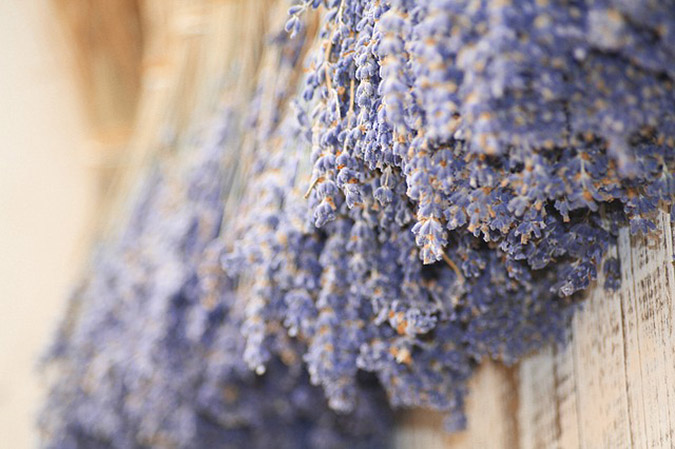
Image by patrick Blaise from Pixabay
Dry lavender in bunches, on screens, with a dehydrator, or in a paper bag. Either dry in a cool, dark place hanging upside down or on a screen out in the sun. Note: The sun will change the color of the lavender.
Now use YOUR lavender for anything from crafts to cooking.
What Do You Think?
What lavender benefits are your favorites? Do your lavender plant uses differ from those mentioned above? Lavender lovers, unite in the comments below!
_________________
This is an updated version of an article that was originally published on August 10, 2017. The author may not currently be available to respond to comments; however, we encourage our Community members to chime in to share their experiences and answer questions!
Psst! Our Lawyer Wants You to Read This Big, Bad Medical Disclaimer –> The contents of this article, made available via The Grow Network (TGN), are for informational purposes only and do not constitute medical advice; the content is not intended to be a substitute for professional medical advice, diagnosis, or treatment. Always seek the advice of a qualified health care provider with any questions you may have regarding a medical condition. If you think you may be suffering from any medical condition, you should seek immediate medical attention. You should never delay seeking medical advice, disregard medical advice, or discontinue medical treatment because of information provided by TGN. Reliance on any information provided by this article is solely at your own risk. And, of course, never eat a wild plant without first checking with a local expert.
The Grow Network is a participant in the Amazon Services LLC Associates Program, an affiliate program designed to provide a means for our team to earn fees for recommending our favorite products! We may earn a small commission, at no additional cost to you, should you purchase an item after clicking one of our links. Thanks for supporting TGN!
References
| ↑1 | https://centracare.org/florida/blog/2016/05/23/trouble-sleeping/ |
|---|---|
| ↑2 | https://www.drwhitaker.com/lavender-oil-benefits-reducing-stress-and-depression |
| ↑3 | https://www.sciencedaily.com/releases/2011/02/110214201842.htm |
| ↑4 | https://www.ncbi.nlm.nih.gov/pubmed/17689755 |
| ↑5 | http://articles.mercola.com/herbal-oils/lavender-oil.aspx |
| ↑6 | https://pubmed.ncbi.nlm.nih.gov/24373672/ |
| ↑7 | https://www.ncbi.nlm.nih.gov/pmc/articles/PMC3880178/ |
| ↑8 | http://www.medicalnewstoday.com/articles/265922.php |
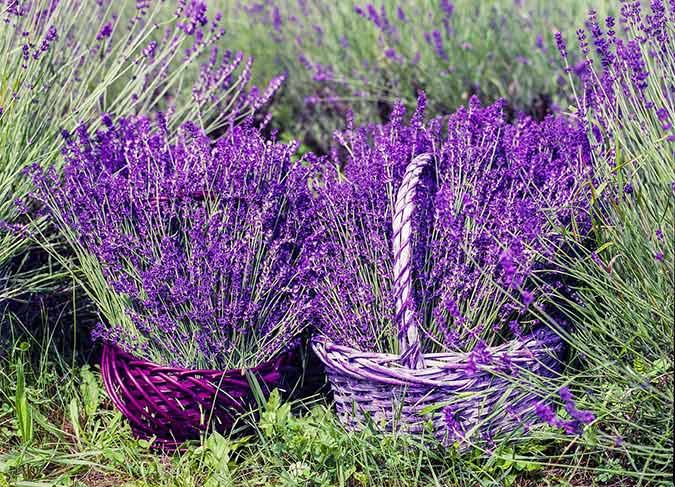
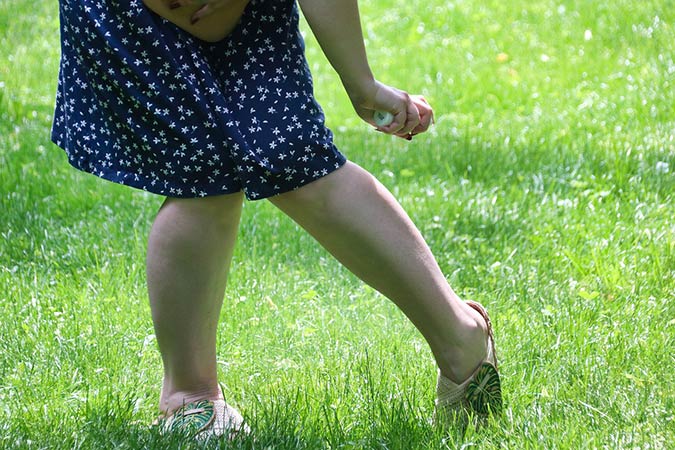
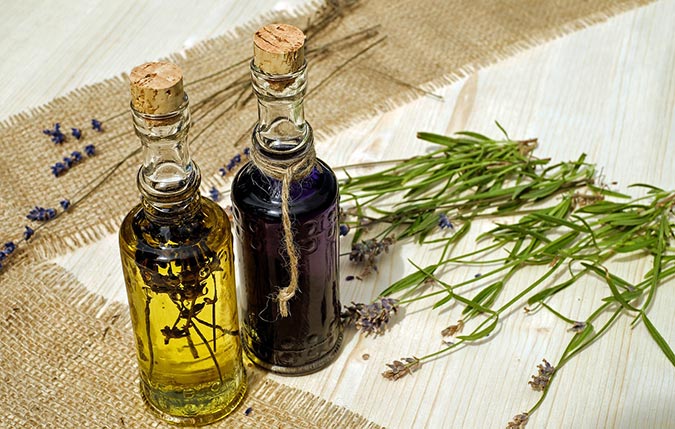
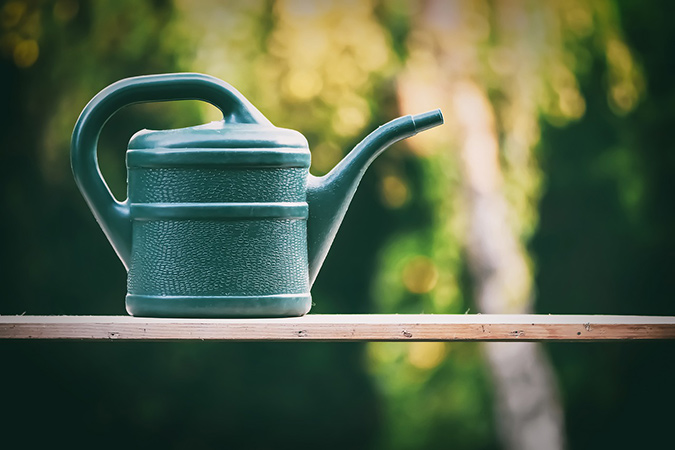







COMMENTS(20)
I love putting dried lavender blossoms in my home made soap. My soap is made from olive oil, coconut oil and lye and I stir dried blossoms into the soap just before pouring into molds. I love it and so do all my friends that get a gift once in a while.
LaDeane: Please send me your recipe if you would please. I’ve never made soap before, but hey, I’ll try anything once. I love the smell of Lavender and would love to make these as gifts.
Thanks, Terry
dogonejack77@gmail.com
Hi there,
Thank you so much for material about growing lavender… I will try to grow and use it. Your recommendations will be taken into account.
I just finished distilling my 25th batch of lavender today in a small home distiller. I love giving the hydrosol as gifts in one ounce blue spray bottles. My personal favorite ways to use it are in summer garden mint tea and in making marshmallows. The grandchildren love both.
I have a huge lavender patch, and I love it, though I generally let the bees have at it as much as possible. Lavender essential oil I would have to buy. But I no longer buy it because just one quick whiff GIVES me a migraine headache!
Very neat blog! I was aware of the bug repellent benefits (which I was going to share immediately) but not aware of the multitude of benefits you listed. Thank you. Love the blog by the way! 🙂
I leave my lavender for the bees. Best thing for them.
I use Lavender Oil and some dried flower buds in my hand soap, Body-wash and Aroma Therapy. In the garden, I leave it for the bees.
I tried growing lavender from seed. They germinated ok, but then the little seedlings just wilted and died. I tried taking cuttings, exactly how you describe in the article. They just dried up, even though I watered the pot from the bottom. I have a lavender plant in the garden which grows fine – I bought it from the market. But I just don’t have any luck reproducing it! I live in South East Spain where lavender grows wild on the hill sides!
Placing a leaf from the lavender plant and placing it under your
tongue makes it a sublingual sleep inducer! It has an amazing effect.
Where do I get organic fertilizer for greening my yard???
A growing number of reported cases of male gynaecomastia have coincided with topical exposure to lavender essential oils.
After these individuals stopped using the products, the symptoms subsided. Please look up this information and caution your male readers to do further research of their own
this is not fact nor has it been “proven” in these cases or any case that lavender or tea tree oil causes actual hormone changes in males or there would be more people with this issue. there arent a growing number of cases just a handful from the same clinic in Colorado. These oils do show estrogenic effects using in-vitro lab testing not in-vivo testing..(the products showed 1/10000 as potent as 17β-estradiol. ( bottled water is more endocrine disrupting, frankly in colorado..so is cannabis) However a few cases bring presented in the same clinic i more likely from something environmental and not a few drops of EO in a personal care product like shampoo, imho. In either case here is a link to the official response from NAHA, facts are important, the full picture of what happened and didnt happen and how the story is changing is also important to know. (PS my husband and 17 year old son have used lavender EO for over a decade now.. topically, in personal products i have made and in a diffuser..and im still the only one with breasts 😉 …..http://naha.org/naha-blog/neither-lavender-oil-nor-tea-tree-oil-can-be-linked-to-breast-growth-in-you/ -in health Heather
LOL!!! I had to look up male gynaecomastia and had a huge laugh when I did. I can assure you Lavender has no connection with guys growing boobs, but comfortable couches and beer may be better culprits. I’m thinking guys with boobs will blame anything, and everyone knows a man couldn’t be wrong about anything. “It must have been dat damned feminine lavender scent that caused us teh grow dem boobs”. LOL!!!
Hi,
As a beekeeper, I use very small mulched Lavender in my smoker. It somehow keeps the bees at bay, calm, and does not interfere with the taste of honey, once you harvest it. Dry stems, leaves and seeds are mulched several times, until they are less than ¼” large. Put this into your smoker, light it, blow onto your bees, and you will notice the difference to the product you might have purchased at your favorite bee equipment supplier.
Regards from Oschatz, Saxony, Germany.
Eberhard
P.S. If you are a beekeeper within the EU, pls. contact me. Communication in German also possible. Sorry, I cannot send to the US! haidabieneatwebdotde
I joined the master class for herbal medicines back in Feb. and still have not gotten my written material or workbook. I would have sent an email but you have some crazy kind of set up when I click on “contact us”, please make it easier for us to contact you directly. Not going to use facebook , etc.
We carry sprigs with us when we travel. Because of a severe truck accident we can not sleep in one bed. After we rent a room we check for bed bugs, but as added protection we put a sprig of lavender between the sheets on the side of the bed we will not sleep on. So far so good, no bed bugs. We also carry sprigs in our luggage.
It would be nice if the info on the study on diabetes actually linked to the study. I would like to know how they used lavendar in the study! I have several family members with diabetes.
Im a novice- can lavendar be grown in the Northeast (usa with 4 seasons)